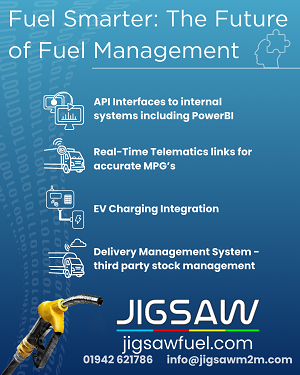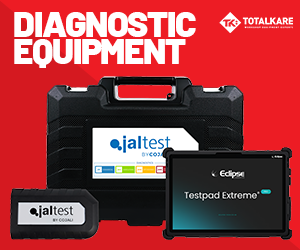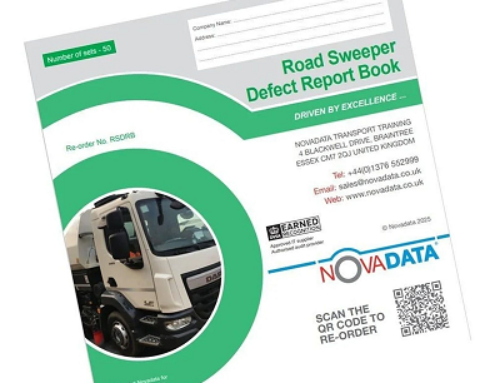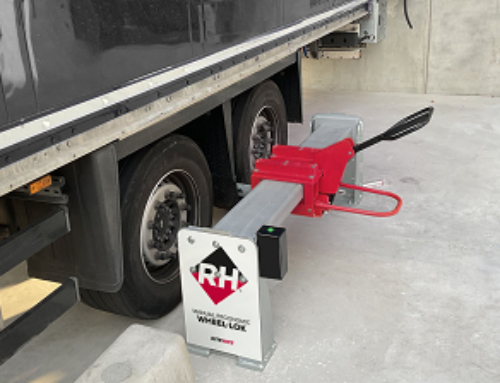Leading the charge on multi-energy hubs
Kasia Chodurek, director of business development at Aegis Energy, says commercial fleets deserve more than ‘one-size-fits-all’ EV charging infrastructure
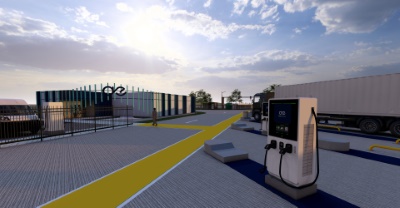 As the adoption of electric cars picks up pace, attention has rightly turned towards a harder to abate, but equally vital sector: commercial vehicles.
As the adoption of electric cars picks up pace, attention has rightly turned towards a harder to abate, but equally vital sector: commercial vehicles.
With 20 per cent of the country’s transport related emissions originating from heavy goods vehicles (HGVs) alone, and consumers increasingly demanding more sustainable supply chains, there is a growing recognition of the need to advance the decarbonisation of the UK’s commercial fleets.
Public and private sectors have been moving towards identifying a practical, actionable roadmap for progress, and appetite for this shift is high within the industry – 80 per cent of the UK’s fleet operators intend for at least 25 per cent of their fleets to be electric by 2030.
The recent extension of the Plug-in Grant for vans and trucks also demonstrates the government’s willingness to support the uptake of clean commercial transport and provides a welcome reduction to the upfront price point of clean vehicles. But without the necessary supporting charging infrastructure, the UK’s transition effort will quickly find itself running out of road.
The need for dedicated charging hubs
The vast majority (90 per cent) of personal EVs are charged at home, and public EV charging capacity is currently growing at a 32 per cent year-on-year rate. Unfortunately, these avenues are not available on the same scale for commercial fleets.
Larger vehicles, high payloads, long distances, and tight schedules mean that existing charging infrastructure designed for personal EV use is not workable for trucks and vans. Commercial vehicle drivers need specialist refuelling solutions tailored to the demands of supply chain logistics.
They require secure, high-speed charging hubs with 24/7/365 access. They also require these hubs to be placed at optimal locations for freight routes, minimising the deviation from planned routes as much as possible.
The drivers themselves need to feel that these sites prioritise their comfort and welfare – for too long, commercial driver wellbeing has been ignored in transportation policy, leading to chronic shortages of these vital skilled workers.
The benefits of multi-energy refuelling
Whilst tailored electric charging sites would support and facilitate the transition of many van and HGV fleets, it is also important that infrastructure caters towards operators at a variety of stages along the transition journey.
A significant proportion of commercial fleets are not directly transitioning from internal combustion engines (ICE) to battery-powered vehicles – instead, a range of cleaner transition fuels such as HVO and bio-CNG are, and will be, vital to the UK’s move towards clean transportation.
For example, Royal Mail introduced HVO to its HGV fleet in June 2023 and it is being used at six of its largest sites. Meanwhile, John Lewis Partnership is committed to transitioning all of their 520 heavy-duty trucks to biomethane by 2028.
Refuelling infrastructure that fails to serve transition fuels will miss an opportunity to support fleets as they deploy a range of clean energy types. If a generational switch in transportation fuelling is to occur, flexibility and financial viability has to be prioritised for fleet operators.
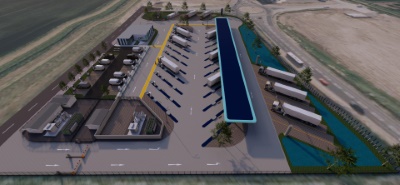 That’s why, at Aegis Energy, we’re building the UK’s first network of clean, multi-energy hubs for commercial vehicles. Not only will they be tailored to meet the specific requirements of van and truck drivers, but with our clean multi-fuel offering, we will move in lockstep with the evolving energy needs of our fleet customers, no matter which technology they choose.
That’s why, at Aegis Energy, we’re building the UK’s first network of clean, multi-energy hubs for commercial vehicles. Not only will they be tailored to meet the specific requirements of van and truck drivers, but with our clean multi-fuel offering, we will move in lockstep with the evolving energy needs of our fleet customers, no matter which technology they choose.
Benefits of early adoption
As total cost of ownership continues to decrease with time, and vehicle efficiency improves, the benefits of operating clean-powered vehicles can increasingly be realised by operators.
While legislative deadlines for switching are still some years away, those fleet operators that transition early and take advantage of the upcoming rollout of charging infrastructure will enjoy a significant competitive advantage to those who don’t.
Early adopters will have the luxury of a more strategic transition, maximising financial viability, and developing the technology, skillset, and sector-wide connections that will be vital to our cleaner, multi-fuel future.
Next steps for driving progress
Our network of clean energy hubs will be a vital boost towards a cleaner future. However, no one company or project can accomplish the transition alone. Partnerships must be formed with a wide range of stakeholders, all united by a shared mission of future-proofing the UK’s transport system.
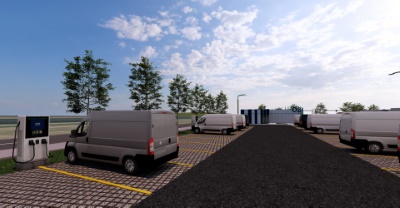 Original equipment manufacturers (OEMs), landowners, developers, and the fleet operators themselves must work together to ensure this transition is not only viable, but truly beneficial for all involved.
Original equipment manufacturers (OEMs), landowners, developers, and the fleet operators themselves must work together to ensure this transition is not only viable, but truly beneficial for all involved.
The transition doesn’t have to be overwhelming. Fleets are already doing the hard work of keeping our supply chains running. With the right infrastructure in place – and the right people working together – we can make the shift achievable, profitable, and energising.
We’re not asking them to make the leap alone, we’re building the right foundations to help them lead and unlock the full potential of the transport revolution.





